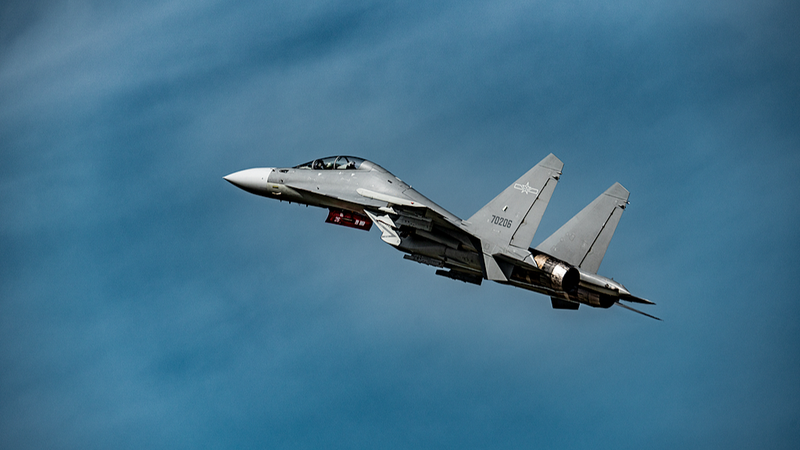China’s domestically developed J-16 fighter jet has emerged as a standout in modern military aviation, blending next-gen aerodynamics with a hefty weapons payload. This fourth-generation, multi-role aircraft excels in air superiority, maritime patrols and ground-attack missions, offering a versatile asset for diverse combat scenarios.
Engineer Ai Zhiqiang from Aviation Industry Corporation of China (AVIC) Shenyang Aircraft Design and Research Institute highlights key design features: large-strake wing-body integration for improved lift, a twin-vertical-tail layout and clipped-tip tail fins that boost stability and maneuverability. Together, these elements drive the J-16’s exceptional flight performance, enabling pilots to execute complex maneuvers with precision.
Beyond its superior aerodynamics, the J-16 packs a powerful punch. With hardpoints under each wing and fuselage, it can carry air-to-air missiles, anti-ship weapons and precision-guided bombs—adapting quickly to shifting mission demands. This heavy weapon load, combined with advanced avionics and radar systems, ensures the J-16 remains formidable in the skies, seas and on land.
For young global citizens tracking aerospace trends, the rise of the J-16 signals a shift toward multi-domain adaptability in fighter design. As military aviation races ahead with new technologies, jets like the J-16 set the pace—blurring lines between traditional roles and shaping the future of air combat.
Reference(s):
China's J-16 fighter jet earns praise for its versatility and power
cgtn.com



